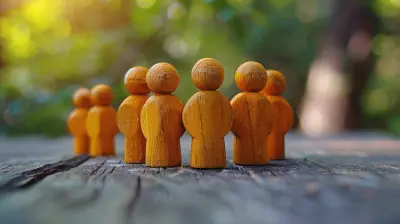Impacts of Physical Activity on Cognitive Development in Kids
19 October 2025
There's something magical about watching kids run wild on the playground—their laughter echoing, their legs carrying them like miniature rockets, their minds as bright and bustling as a summer fair. But did you know that behind that bouncing ball or monkey bar adventure, something extraordinary is happening inside their brains?
Yep, physical activity isn't just about strong bones and burning off sugar-rush energy—it plays a massive role in shaping young minds. Let’s dive into the poetic weave of movement and mind, exploring how engaging the body sharpens the brain, especially in children.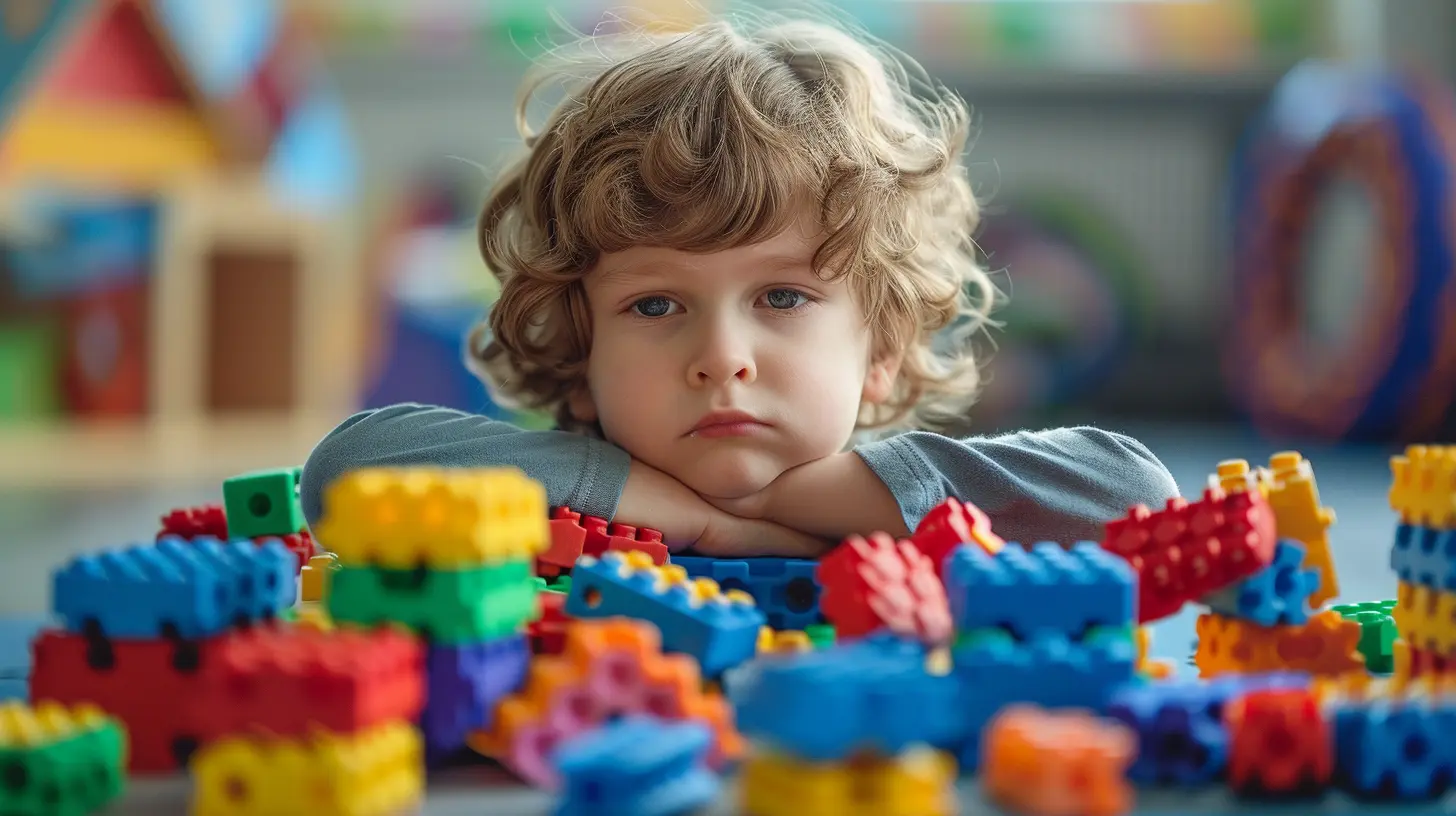
Why Movement Isn't Just Movement
Ever heard the phrase "a healthy body, a healthy mind"? It’s not just a catchy motto—it’s science. Physical activity does wonders for the brain, especially during childhood when the brain is like a sponge, soaking up everything from the alphabet to how to ride a bike.When kids move—whether that’s hopping on one foot, chasing butterflies, or dancing in the living room—they're boosting more than just their cardiovascular health. They’re actually building the foundations for sharper focus, better memory, stronger emotional control, and creative thinking.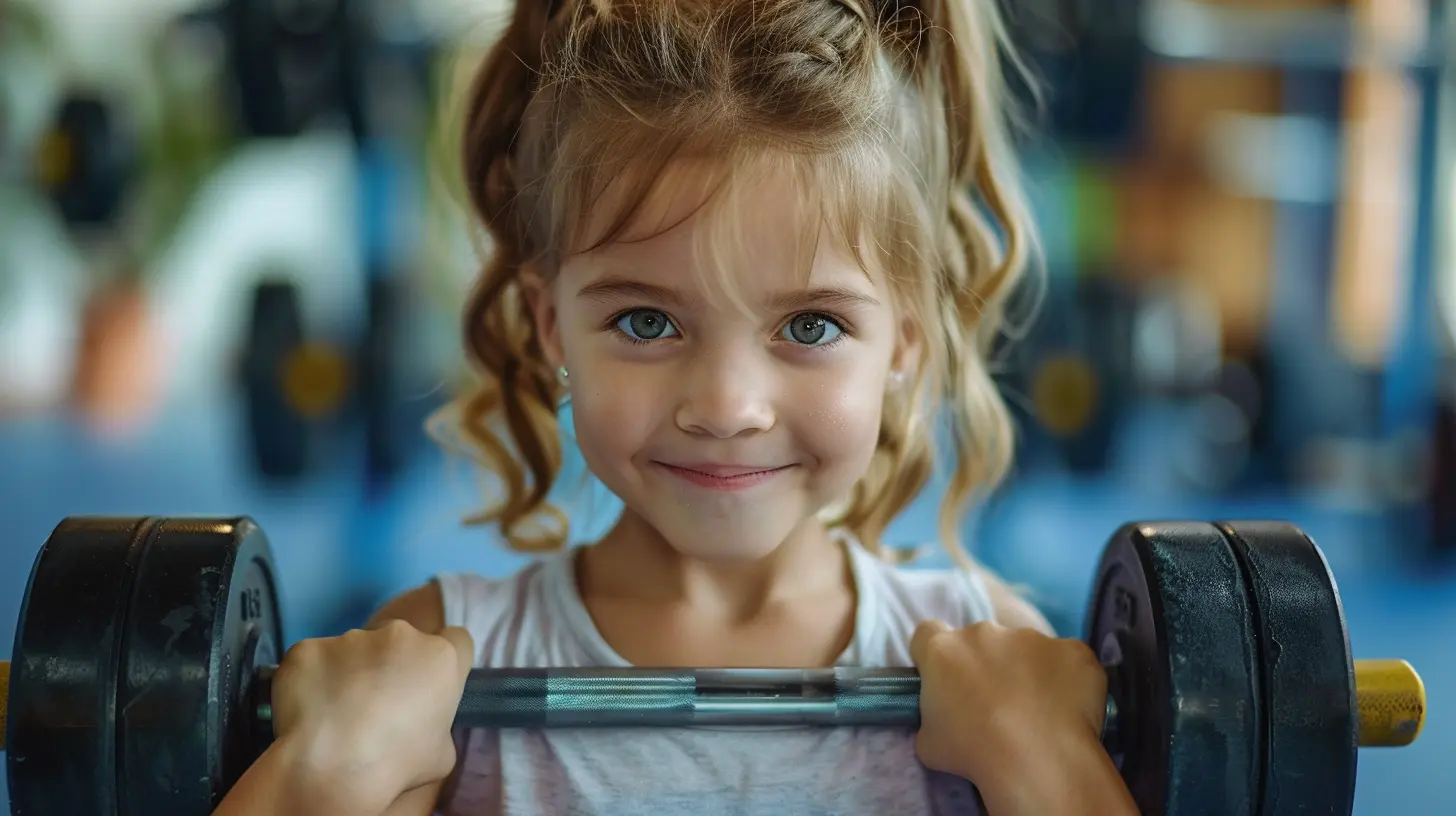
The Brain on Exercise: What's Really Happening?
Let's peel back the layers and see what’s going on up there in that brilliant little noggin.1. Boosting Brain Chemicals
Physical activity increases the production of brain-derived neurotrophic factor (BDNF)—a fancy term for the brain’s natural fertilizer. BDNF helps neurons grow and strengthens the connections between them, making it easier for kids to learn and remember new things.Think of BDNF as Miracle-Gro for the brain. The more kids move, the more they sprout neural connections.
2. Improving Blood Flow and Oxygen Delivery
When kids engage in aerobic exercises like running or jumping, their heart rate goes up. That sends a rush of blood pumping through the body and into the brain, delivering essential oxygen and nutrients. It’s like opening the windows and letting fresh air into a stuffy room. Everything inside works better.3. Enhancing Neuroplasticity
Neuro-what? Neuroplasticity is the brain’s ability to change and adapt—kind of like how Play-Doh can be molded into different shapes. Physical activity fires up this flexibility, meaning kids can pick up new skills more quickly and respond to challenges with creativity and resilience.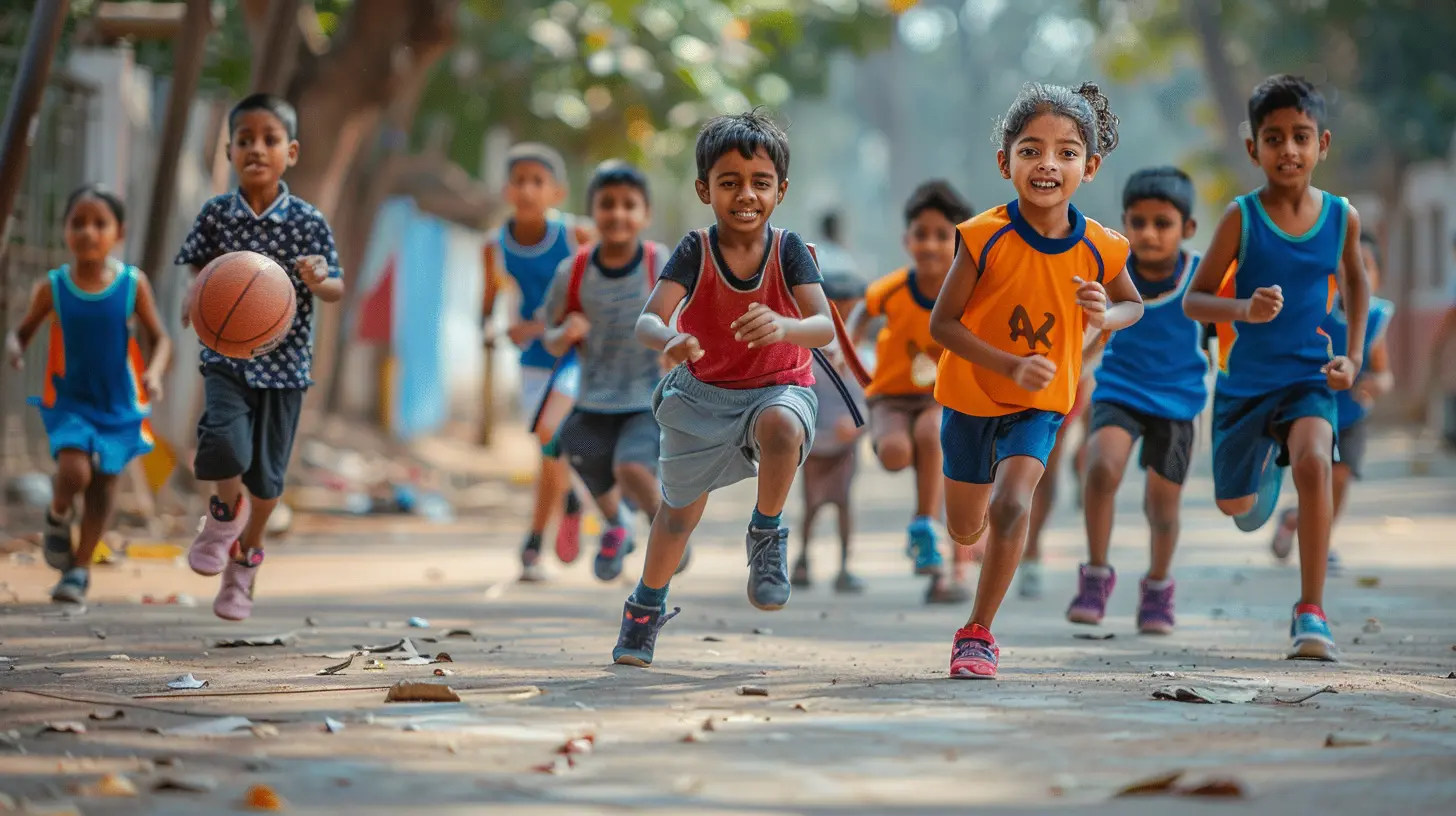
Cognitive Benefits of Physical Activity in Kids
So, what specific cognitive perks are we talking about here? Let’s break it down.1. Better Focus and Attention Span
Kids are naturally curious, but they also get distracted—squirrel! Exercise helps regulate attention by stimulating areas of the brain responsible for executive function. This means better impulse control, improved concentration, and the ability to plan ahead.Physical activity turns their brains into finely tuned radios, catching the right station with less static.
2. Improved Memory and Learning Abilities
Whether it’s memorizing multiplication tables or learning how to spell “elephant,” children do better when physical activity is part of their daily routine. Studies show that kids who are more active perform better academically, especially in reading and math.Why? Because movement strengthens the hippocampus, the brain’s memory center, like a muscle being flexed.
3. Enhanced Creativity and Problem Solving
Movement promotes free-form thinking. When kids play, they’re often inventing games, creating rules, adapting, negotiating. Even something as simple as building a fort out of couch cushions can require complex planning and abstract thinking.Ever notice how ideas seem to flow when you’re going for a walk? The same happens for kids.
4. Emotional Regulation and Stress Reduction
Physical play isn’t just a brain booster—it’s a mood lifter too. Kids who engage in regular physical activity tend to manage stress better, show fewer signs of depression, and bounce back from setbacks more easily.Their brains release feel-good chemicals like dopamine and serotonin, making them more emotionally balanced and ready to face the day.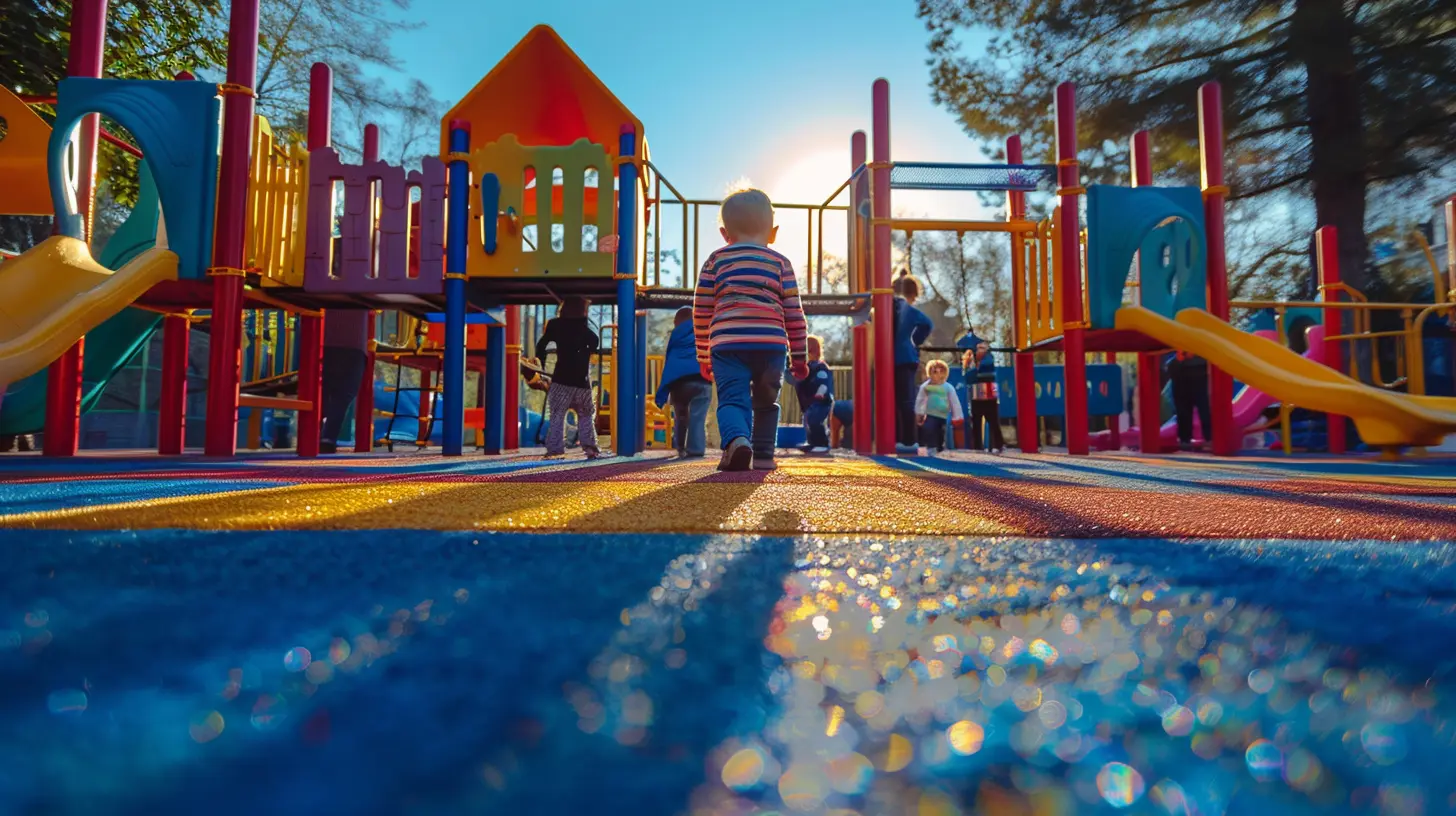
Types of Physical Activity That Support Cognitive Development
Not all movement is created equal—some forms spark more cognitive fire than others. Here's the lowdown:Aerobic Activities
Running, swimming, biking—they get the heart pumping and the brain buzzing. These exercises are especially good for memory and executive functioning.Coordinated Movements
Think dance routines, martial arts, or sports like soccer and basketball that require synchronized body movements. These help develop motor planning and spatial awareness.Free Play and Creative Movement
Unstructured play—jumping in puddles, climbing trees, pretending to be a jungle explorer—fuels imagination and flexible thinking.Mind-body Activities
Yoga, tai chi, and mindful stretching may not seem high-energy, but they encourage body awareness, calmness, and focus—perfect for building self-regulation and inner calm.How Much Physical Activity Do Kids Need?
The CDC recommends that school-aged children get at least 60 minutes of moderate to vigorous physical activity every day. But let’s be real—kids don’t need a stopwatch or a gym membership. They need encouragement, space, and a little nudge away from screens.It could be recess, dance parties in the kitchen, bike rides after dinner, or weekend hikes. The point is: make movement fun and a natural part of daily life.
Barriers to Physical Activity (And How to Overcome Them)
It would be great if all kids had free access to parks, safe neighborhoods, and plenty of time outside. But life happens—busy schedules, screen time, urban living... the list goes on.Here are a few practical fixes:
- Incorporate movement into learning: Turn spelling practice into a scavenger hunt or add math games that involve jumping.
- Limit screen time: Encourage movement breaks after every 30 minutes of screen exposure.
- Lead by example: Kids mirror adults. If you're active, they're more likely to be too.
- Make it social: Invite friends or join community sports teams. The social aspect boosts engagement.
Schools: The Hidden Key to Brain Gains
Let’s face it, kids spend a big chunk of their day in school. Making physical activity part of their school day isn't just a "nice-to-have"—it's essential.Recess Isn't a Waste Of Time
Far from it! Recess gives brains a break and a chance to reorganize thoughts. After running around for 15-20 minutes, kids come back to class more focused and ready to learn.Physical Education Matters
PE should be seen as cognitive development in disguise. A good PE program incorporates teamwork, coordination, and strategy—not just dodgeball and running laps.Active Classrooms
Even short brain breaks—like stretching or quick dance-offs—can recharge kids’ mental batteries. Movement is a learning enhancer, not a distraction.Real Stories, Real Impact
Let’s talk about Liam, a 10-year-old who struggled with attention and focus. His parents noticed he was restless, and his grades were slipping. They decided to sign him up for karate. Just a few months in, he was not only more physically fit but was also paying more attention in class, solving problems more patiently, and became less moody.Then there’s Mia, a quiet 8-year-old who found her voice through dance. As her confidence grew on the dance floor, so did her classroom performance. Her imagination and vocabulary blossomed like spring flowers.
These stories aren’t rare—they’re reflections of a deep truth. Movement moves the mind forward.
The Long-Term Payoff
When kids grow up active, the benefits don’t stop at childhood. Maintaining physical activity into adolescence and adulthood can help protect against age-related cognitive decline, improve mental health, and increase productivity.You're not just raising a fit kid—you’re nurturing a lifelong learner.
Final Thoughts: Get Them Moving, Grow Their Minds
Imagine if we saw every swing on the monkey bars as an investment in problem-solving. Or each race across the schoolyard as a spark for memory retention. What if we began to treat physical activity as brain food, just as essential as reading or math?The truth is simple but profound: moving bodies grow brighter brains.
So, whether it’s jumping rope, doing yoga animal poses, or playing freeze tag—every bounce, leap, and spin is a step towards better cognition. Kids don’t just need movement for their muscles—they need it for their minds.
Let’s raise a generation that thinks fast, feels deeply, and moves freely.
all images in this post were generated using AI tools
Category:
Cognitive DevelopmentAuthor:

Jenna Richardson
Discussion
rate this article
1 comments
Seraphine McClintock
Great article! It’s fascinating to see how physical activity boosts cognitive development in children. Encouraging regular exercise can benefit not just physical health but also enhance focus and learning abilities, providing a well-rounded approach to childhood development.
October 20, 2025 at 4:50 AM

Jenna Richardson
Thank you for your insightful comment! I'm glad you found the article informative. Promoting physical activity is indeed crucial for overall child development.


